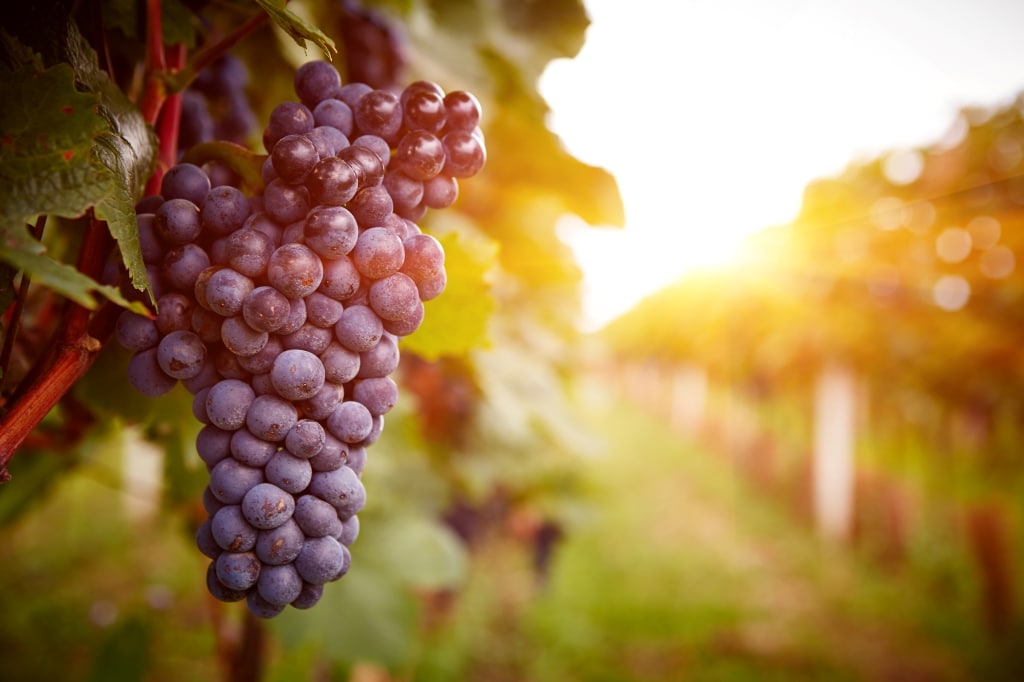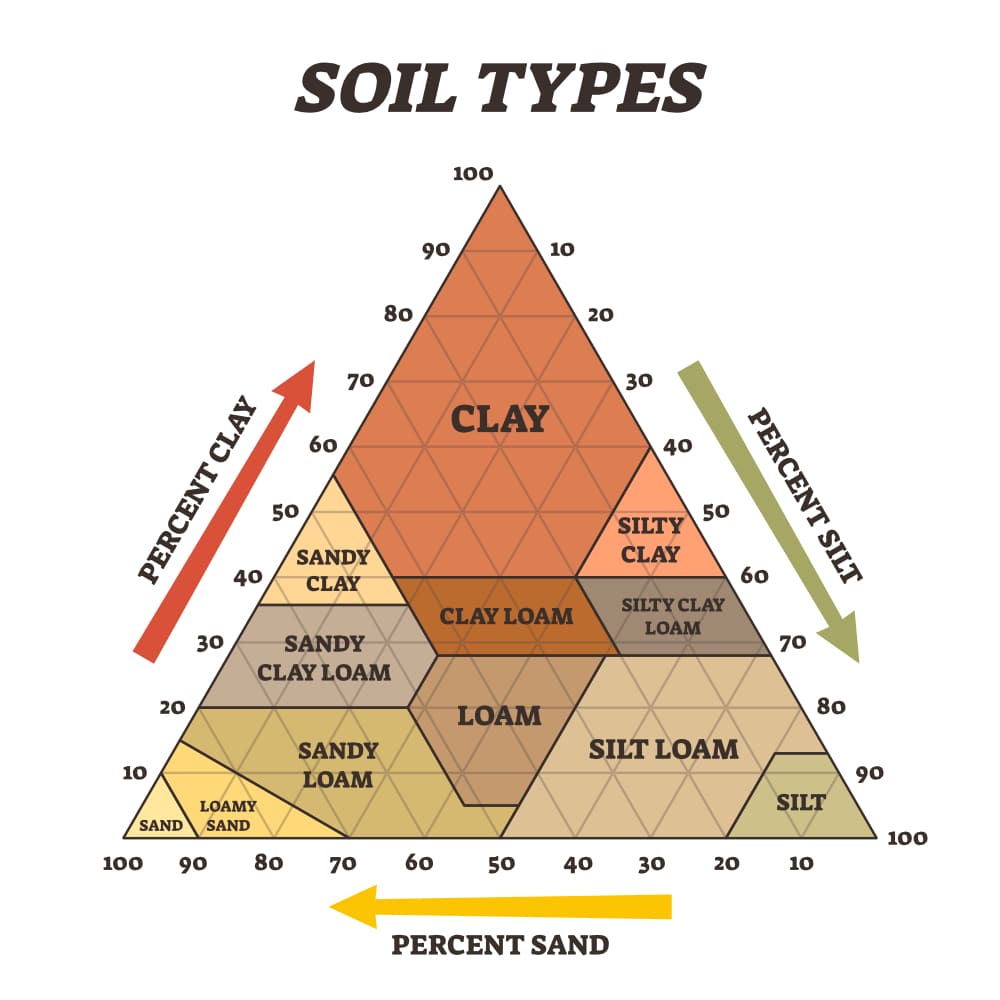
This is a great way to supplement the basic foods you eat every day. Not only does it add variety, but it also lets you learn new skills and enjoy the bounty of your harvest. Growing your crops can be a great hobby, and it is cheaper than buying them.
All you need to get started is a container to grow in, the proper soil, some sun, and the ability to take care of it properly.
Many types of vegetables can be harvested off-grid. The key is finding the food source that you want to harvest and knowing how to prepare it. This guide is meant to show you what food you can harvest off of your property using natural means, also helping you get started growing and sustainably harvesting food.
Table of Contents
Types of Crops to Harvest Off-Grid
When it comes to growing crops off-grid, you want to grow those that are easy to grow, have a short production cycle, and require less maintenance. The type of crops you can harvest depends on where you live and what your climate is.
Here are some of the crops that can be grown regularly. The list is not exhaustive, but should help get you started!
Types of crops to harvest off-grid include:
Vegetables – Lettuce, Cabbage, Carrots, Beans, Tomatoes, Peas, Lettuce, Kale, Broccoli, Chard, Turnip Greens, Spinach
Fruits – Strawberries, Blueberries, Apples, Oranges, Pears, Apricots, Peaches
Grain – Wheat, Corn, Rye, Barley, Oats, Buckwheat, Millet, Quinoa
Building a survival garden is something that everyone can enjoy. It can be a fun pastime, an activity to relax in, and a great way to improve your diet and gain knowledge about your surroundings. When you’re off-grid, the food you’ll produce will be your main source of sustenance so do make sure to plan so you have a supply of produce to eat.
What Type of Soil Should You Use?
Soil and plants have a symbiotic relationship, they support each other. By knowing the basics of soil science, you can better protect and nurture your garden.
The more you know about the way your soil and the plants you are growing interact with each other, the better you will be able to select the best varieties of seeds and plants for your garden.
Soil is made up of three main elements: minerals, water, and air. To grow healthy vegetables, you need soil that is rich in organic matter, air, and water. It’s important to know the following before beginning to harvest from your garden:
Understanding Soil
1) Soil pH: It is essential to know the pH level of your soil before planting. Low pH means alkaline soil, which is good for many vegetables. Most soil has a pH between 6 and 8, with the ideal range being 6 to 7.
A basic understanding of soil pH is necessary to know what type of soil you have, whether the soil is fertile, and what nutrients your plants require.
2) Soil fertility: Most plants benefit from having organic matter added to the soil. This can come from compost, well-rotted manure, or peat moss. Organic matter improves soil structure, helps retain moisture, and promotes the growth of micro-organisms.
3) Compost: Compost is an excellent way to add organic matter to the soil. You can use compost to add nutrients to your soil, but you should avoid using too much, which can cause your plants to suffer.
5) Soil Type: Different types of soil will affect the type of crops you can grow in the soil. For example, clay soil doesn’t drain well and will become compacted when heavy rains occur. You can test the soil composition yourself by testing it under wet and dry conditions.
There are five basic types of soil: sand, silt, loam, clay, and clay loam.

| Sandy Soil | Sandy soil is mostly sand and gravel with very little organic matter. Sandy soils are not very good for gardens, as they tend to dry out quickly and require frequent watering. As such, their ability to drain high and compactness is less than the other soil types |
| Loamy Soil | Loamy soils are made of a mixture of sand, clay, and silt. They are the most common soil type and are the most suitable for vegetable gardens. Because of adequate spaces between the soil, water and roots can perforate well in this type of soil. They also have a good balance of nutrients and moisture, but can be heavy for long periods of time. |
| Clay Soil | Clay soils are generally dense and have a good water holding capacity. They are rich in clay particles and nutrients, which makes them more fertile. Clay soils are good for vegetables and are less likely to be affected by excessive water or wind. This soil type provides the roots with a solid grip. |
| Silt Soil | Silt is the middle ground between sand and clay. Silt is a bit coarser than sand, but not as coarse as clay. It is the ideal soil for growing most vegetables, although it drains slowly and is not very good at retaining water. Silt also has a higher nutrient content than sand, so if you’re interested in growing vegetables, you can make use of that in your garden. |
6) Soil Structure: Soil structure is a measure of how loose or compacted the soil is. You can use the soil profile to help determine what type of soil you have and what nutrients your plants require. Poor soil structure has the characteristics of lump/clods soil and crisps into powderlike soil. And you want your soil to be moderately porous and loose which allows for good drainage.
Process of Harvesting

Harvesting is one of the easiest and most rewarding things you can do to grow your food, including nutrition, freshness, and self-sufficiency.
But before you get started, it is important to understand how to harvest your crops, and how to prevent them from being damaged during the process.
Harvesting takes place throughout four stages: planting, cultivating, harvesting, and processing.
Let’s look at each of these steps in more detail:
1) The first step is to determine what kind of garden you want to grow. Many types of gardens can be used for food production, such as container gardens, raised beds, and even indoor gardens. You will also want to consider what type of crops you will be growing since they all require different levels of water, sunlight, and nutrients.
2) Before planting anything in your garden, you need to prepare the soil by removing any unwanted plants and debris from the area. This will include any weeds that have taken root, dead leaves, and other items that would not be suitable for growing. It is important to do this before you plant your seedlings. While prepping, you can check the soil composition and PH to ensure it is suitable for the planned crops.
3) After the soil has been prepared, it is a good idea to add fertilizer to the soil. This is another way to increase the yield and nutritional content of the vegetables. Make sure you know the right type of fertilizer for the type of crops you are planning to grow. Especially for synthetic fertilizers, you need to apply them in moderation and according to the label instructions.
4) Once all of the plants have been planted, add compost to the area. Composting improves the soil’s ability to retain moisture and nutrients, it is an easy and inexpensive way to increase the growth rate of those crops. Adding organic fertilizers also makes the land more fertile at a more sustainable rate.
5) Drip irrigation is one of the easiest and cheapest ways to water your crops. Many people find this to be the most effective way to grow crops. You will want to continue providing regular irrigation to the soil to ensure that the plants are getting the proper amount of water. There are also various irrigation methods and you can choose the one that works best for you.
If the ground starts to dry up, you should wait a few days before irrigating the area again.
6) Mulching is the process of covering your plants and garden with a layer of organic material, such as grass clippings, leaves, and straw. It insulates your garden protected from the cold and hot weather as well as suppresses weeds, provides nutrients for the crops, and keeps the soil from drying out too much. However, do take note that not all mulch is suitable for all types of crops.
7) Cultivating is when you are growing the vegetables. The main thing here is to keep the soil moist. Some crops require a minimum amount of space, and you’ll need to make sure you provide enough room for them.
8) You should also be monitoring for pests and weeds. Some crops require a minimum amount of space, and you’ll need to make sure you provide enough room for them. Pests and weeds tend to thrive in poorly-maintained gardens, so you’ll need to pay close attention to these issues.
If the crop is susceptible to a particular pest, you can apply pesticides or herbicides.
9) The type of crops and timing can vary greatly. So do ensure the crops have reached the correct maturity level before harvesting. Take the time to examine the crops. If yellowed leaves, wilting, or stunted growth are detected it should be addressed before harvesting.
If you encounter any of these issues it means that the plant is undernourished. You need to address this right away by giving the plants fertilizer. Other signs that your crops are ready to harvest include, the size, color, and sheen.
10) Depending on what you’re growing, this may include freezing, canning, drying, fermenting, salting, smoking, or pickling. Processing is also the point at which you can experiment and find out which suits you and your family, and best fits your lifestyle.
This is the point where you can experiment with different recipes and different methods of preparation.
The whole point of small-scale farming is to produce food for yourself and others, not for a hypermarket. You will be saving time, money, and resources. And your food will be of better quality.
Final Note
When planning your garden, it’s important to make a list of the crops you want to grow and then check the availability of seeds from the local stores or farmers’ markets.
If you want to grow a particular vegetable, try searching for information on that particular item online. The internet is a great resource for all types of information, from planting tips to information on where to buy the seed you need.
Harvesting off-grid can be a rewarding experience. There are several ways to start, and you can choose to go for a traditional off-grid method or a more modern off-grid method.
The important thing is to keep your budget in mind and try to harvest your food as cost-effective as possible.
You should also keep your eye on the weather, and look for the right season to harvest. This will allow you to grow the most amount of food with the least amount of work in the long run.
I hope this article has provided you with some insights to help you grow your food in an off-grid environment.

